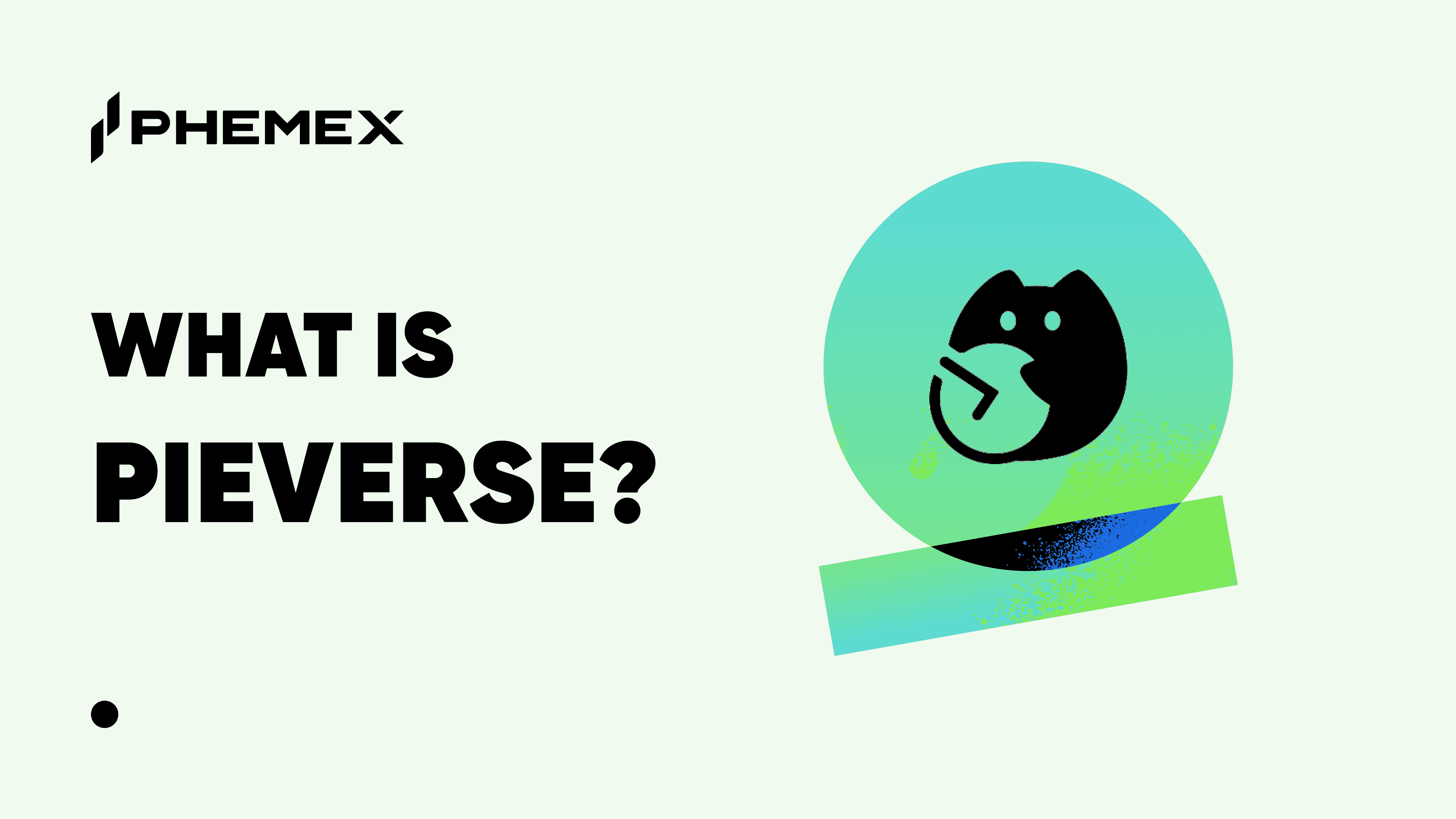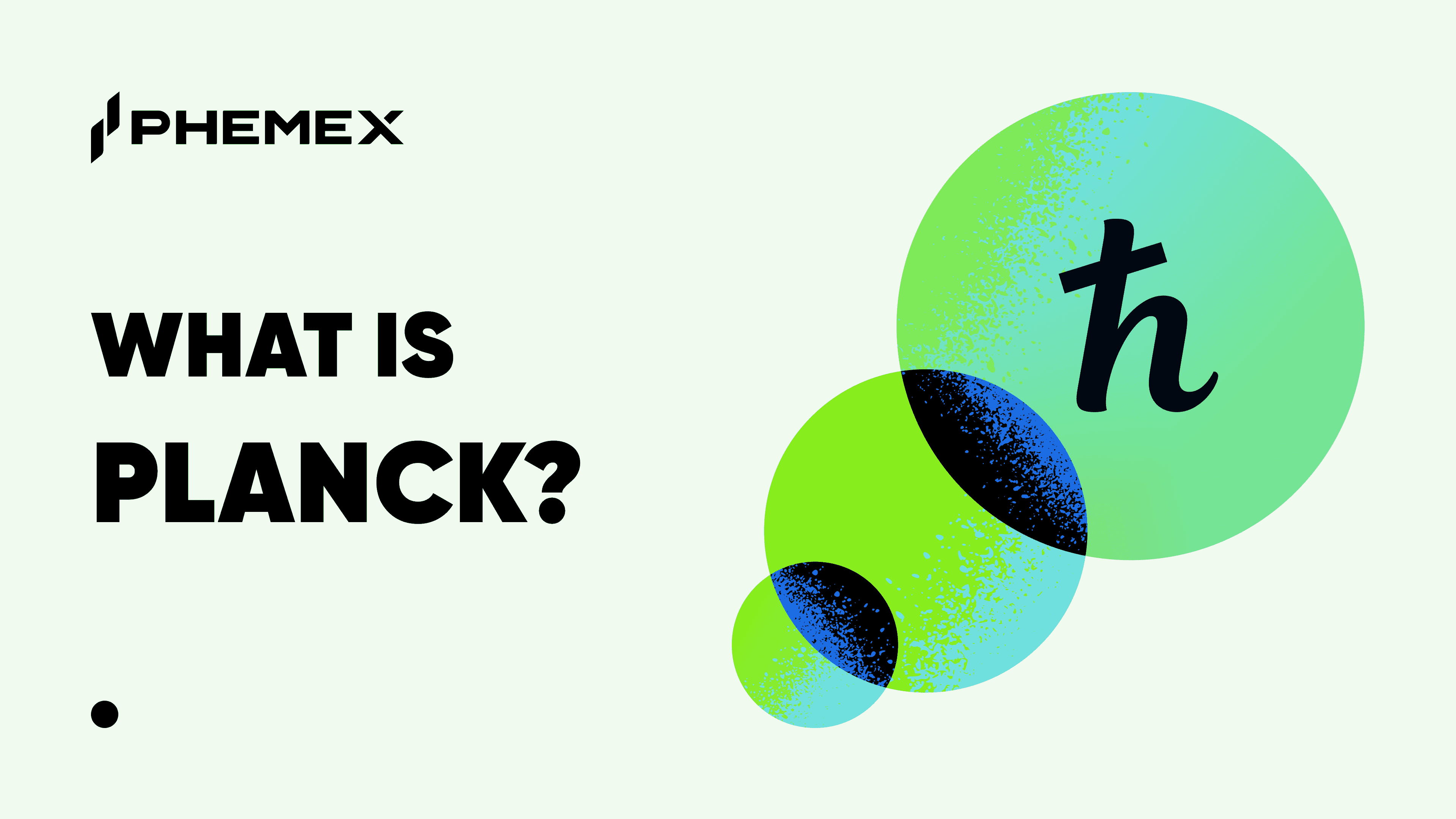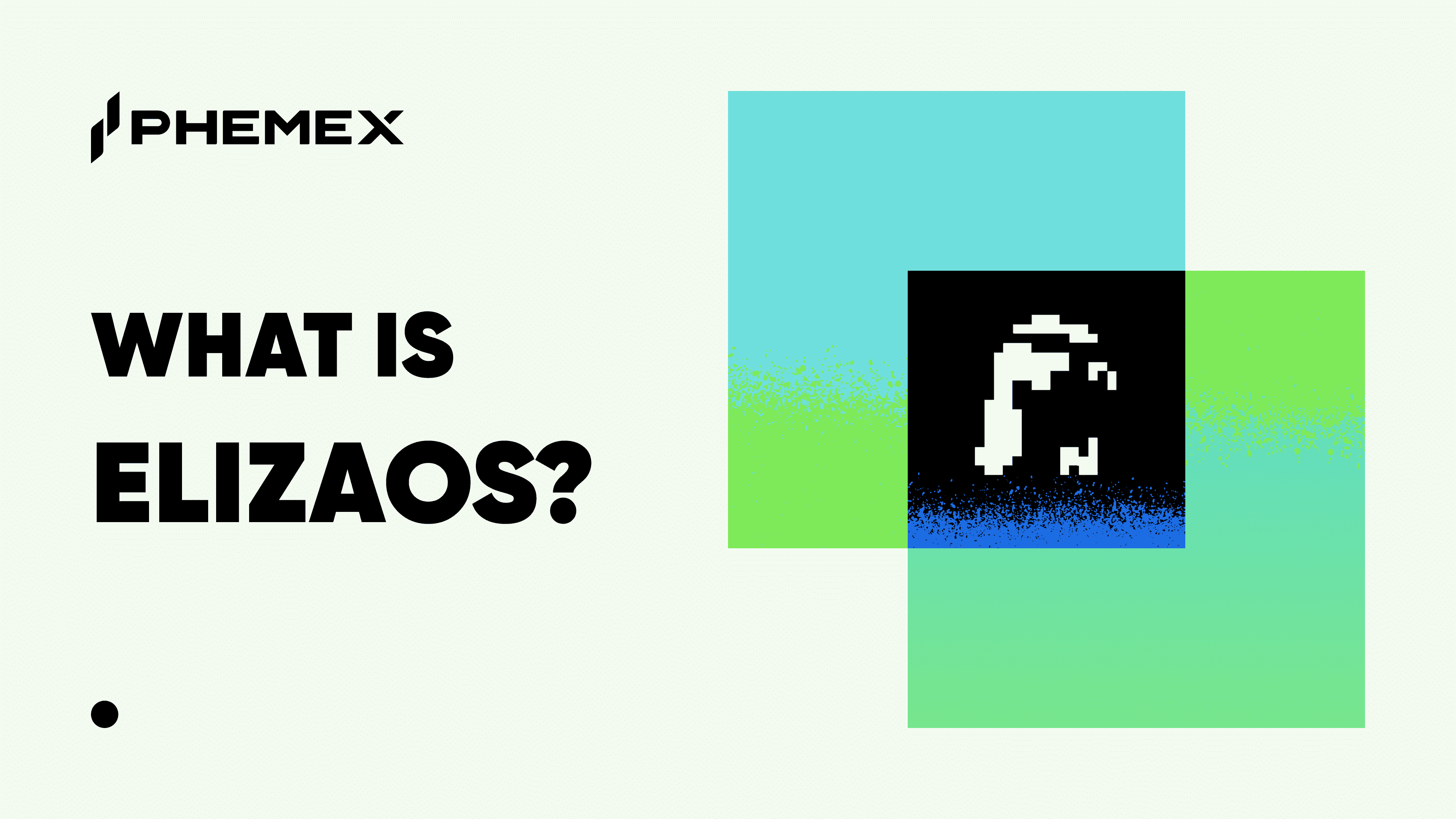What is Fetch.ai (FET)?
Fetch.ai (FET) stands as a pioneering force, ushering in a new era at the intersection of artificial intelligence (AI) and blockchain technologies. Launched in 2019, Fetch.ai introduces a decentralized machine learning platform that sets out to democratize access to AI technology, marking a departure from conventional centralized models. The platform's innovative use of autonomous AI agents is designed to reshape industries, offering a transformative approach to various sectors, including DeFi trading services, transportation, and smart energy grids.
The core ethos of Fetch.ai lies in providing a permissionless network where individuals, irrespective of their technical expertise, can seamlessly connect and access data through autonomous AI agents. This groundbreaking platform envisions a future where the power of AI is harnessed in an inclusive, accessible, and decentralized manner.
How Does Fetch.ai (FET) Work?
Fetch.ai's operational framework is built on a sophisticated technology stack, integrating key components to enable the seamless execution of tasks by autonomous AI agents:
- Digital Twin Framework: At the heart of Fetch.ai's functionality is the Digital Twin Framework, enabling the creation, deployment, and training of digital twins. These digital twins, virtual representations of physical or digital entities, play a pivotal role in enhancing the functionality of smart contracts and oracle services on the Fetch.ai platform.
- Open Economic Framework: This framework empowers the creation of marketplaces for digital twins and other intelligent agents. It fosters a decentralized data layer based on the InterPlanetary File System (IPFS), ensuring secure and efficient data handling within the network.
- Digital Twin Metropolis: A crucial component serving as a marketplace for intelligent agents, the Digital Twin Metropolis facilitates collaboration among agents. It provides a platform for agents to autonomously trade services and data, fostering a dynamic and self-sustaining ecosystem.
- Fetch.ai Blockchain: The Fetch.ai Blockchain, characterized by multi-party cryptography and game theory, forms the foundation for the network's consensus mechanism. This mechanism, resistant to censorship, ensures the integrity and security of the network. Rapid syncing capabilities for digital twin applications are also a hallmark feature of the blockchain.
Fetch.ai's technology stack operates in harmony to optimize a diverse array of processes, from refining DeFi trading services to orchestrating the intricate dynamics of transportation networks and smart energy grids.
Fetch.ai (FET) Tokenomics
Central to the Fetch.ai ecosystem is its native utility token, FET, playing a vital role in various network operations. FET tokens are the lifeblood of the platform, utilized for finding, creating, deploying, and training digital twins. Additionally, they facilitate participation in the network's validation process, contributing to the establishment of a robust reputation system for nodes.
Originally launched as an ERC-20 token on the Ethereum network, FET has seamlessly transitioned to the Fetch.ai mainnet. This transition ensures optimal compatibility and operational efficiency within the Fetch.ai ecosystem. The comprehensive tokenomics of FET incentivize active participation, contributing to the overall resilience and integrity of the decentralized AI environment.
Fetch.ai (FET) Network Structure
Fetch.ai's network structure is meticulously crafted to embody principles of scalability, throughput, and efficiency. The utilization of a sharded blockchain design enables the processing of a substantial number of transactions across multiple shards, augmenting the network's overall capacity.
The consensus mechanism, known as the Minimal Agency Consensus Scheme, is complemented by a Proof-of-Stake mechanism, providing a robust foundation for the network's security, decentralization, and scalability. This innovative combination positions Fetch.ai (FET) to efficiently process transactions, supporting a myriad of applications within the decentralized AI ecosystem. The architecture reflects a dynamic, adaptive, and forward-thinking solution, poised to navigate the evolving landscape of AI and blockchain integration.
Total Supply of Fetch.ai (FET)
The total supply of Fetch.ai (FET) tokens is a pivotal element in shaping the platform's economic landscape. With careful consideration for balance and sustainability, Fetch.ai's tokenomics aim to support the network's expansion, ensuring stability, and fostering user participation.
Designed to facilitate operations and incentivize engagement, the total supply of FET tokens is a cornerstone of Fetch.ai's ecosystem. By managing the availability of tokens, Fetch.ai aims to create an environment that encourages responsible use, efficient transactions, and a robust foundation for the platform's growth.
Pros of Fetch.ai (FET)
Decentralized AI Services:
Fetch.ai (FET) stands out for democratizing access to AI services, transcending traditional barriers. By making AI accessible to diverse industries and individual users, Fetch.ai fosters a culture of innovation and efficiency. This inclusive approach holds the potential to transform the way AI is utilized across sectors, driving advancements and promoting widespread adoption.
Scalable Network Structure:
The sharded blockchain design and consensus mechanism underpinning Fetch.ai ensure the network's scalability and high throughput. This structural foundation allows Fetch.ai to process a multitude of transactions across various shards, enhancing the platform's capacity. The emphasis on scalability positions Fetch.ai as a versatile and adaptive solution capable of handling the evolving demands of decentralized applications.
Diverse Applications:
Fetch.ai (FET) showcases its versatility by supporting a broad spectrum of applications. From DeFi trading services to the management of smart energy grids, the platform's capabilities extend across diverse industries. This adaptability underscores Fetch.ai's commitment to providing solutions that cater to the unique needs of different sectors, contributing to the platform's relevance and utility.
Cons of Fetch.ai (FET)
Complexity:
The advanced integration of AI and blockchain technologies within Fetch.ai may pose a learning curve for users and developers unfamiliar with these sophisticated systems. Navigating the complexities of autonomous AI agents and blockchain operations could require a deeper understanding, potentially limiting the platform's accessibility to certain users.
Adoption Barriers:
Fetch.ai (FET) faces challenges in terms of widespread adoption due to integration hurdles with existing systems and potential unfamiliarity among users. Bridging the gap between traditional technologies and Fetch.ai's innovative approach requires strategic initiatives to streamline integration processes and enhance user familiarity.
More Examples of Best AI Crypto Coins
Ocean Protocol (OCEAN):
Ocean Protocol facilitates the secure sharing and monetization of data, offering a unique solution for utilizing data in AI applications while prioritizing privacy and user control. The platform contributes to the responsible and transparent utilization of data, aligning with the principles of decentralized AI.
SingularityNET (AGI):
SingularityNET envisions a decentralized marketplace for AI services, allowing individuals to create, share, and monetize AI technologies. By providing an inclusive space for developers, SingularityNET accelerates innovation and fosters collaboration in the AI industry.
Numerai (NMR):
Numerai operates as a hedge fund structured as a decentralized autonomous organization (DAO), employing AI for stock market predictions. This unique approach encourages data scientists to contribute predictive models, creating a collaborative ecosystem that utilizes AI for financial forecasting.
Bittensor (TAO):
Bittensor represents a leading AI network, leveraging a blockchain infrastructure akin to standard proof-of-stake systems. It utilizes a decentralized array of validators for authenticating transactions, where the TAO token serves as the medium for these transactions, ensuring a secure and transparent AI data exchange platform.
Theta Network (THETA):
Theta (THETA) is a blockchain-based network designed for AI-enhanced video streaming, leveraging a decentralized system to optimize quality and delivery. Users contribute bandwidth and computing power, earning THETA tokens in return, thus fostering an AI-driven, incentivized streaming ecosystem.
Read More
- AI Crypto Coins See Recent 20% Surge to Reach $1 Billion Volume
- Rising Use of Artificial Intelligence in Trading
- Web3, AI, and Crypto Converging to Transform the Internet
- Blockchain and AI: How They Perfectly Work Together
- https://phemex.com/academy/defi
- What are AI Agents? The Potential Next Big Thing in Crypto
- What Are Decentralized Applications (dapps)?
- What is Cryptocurrency & How does it Work?








